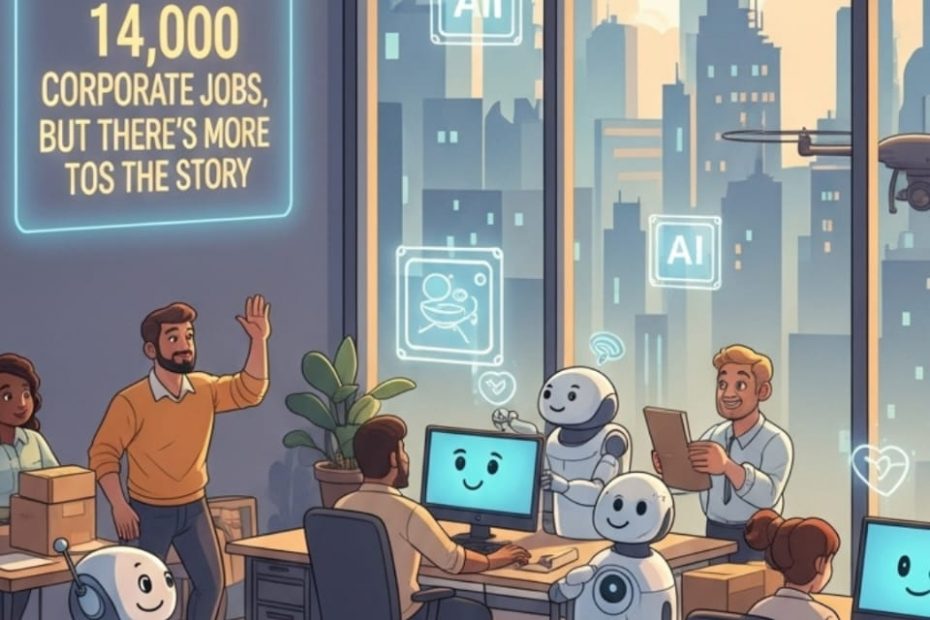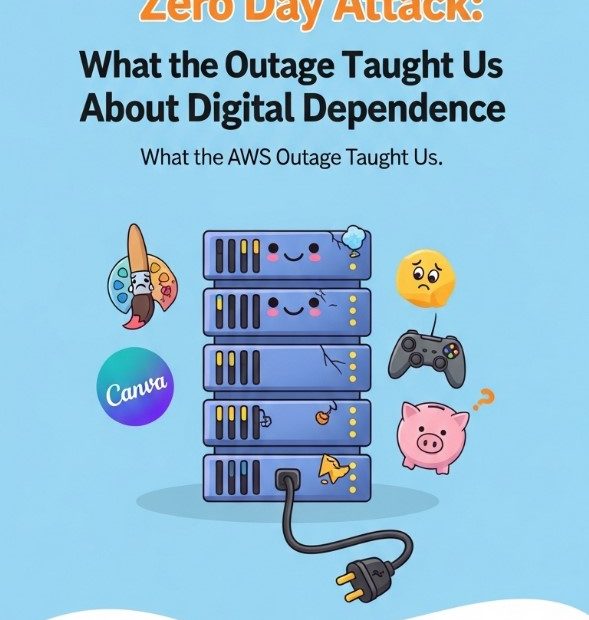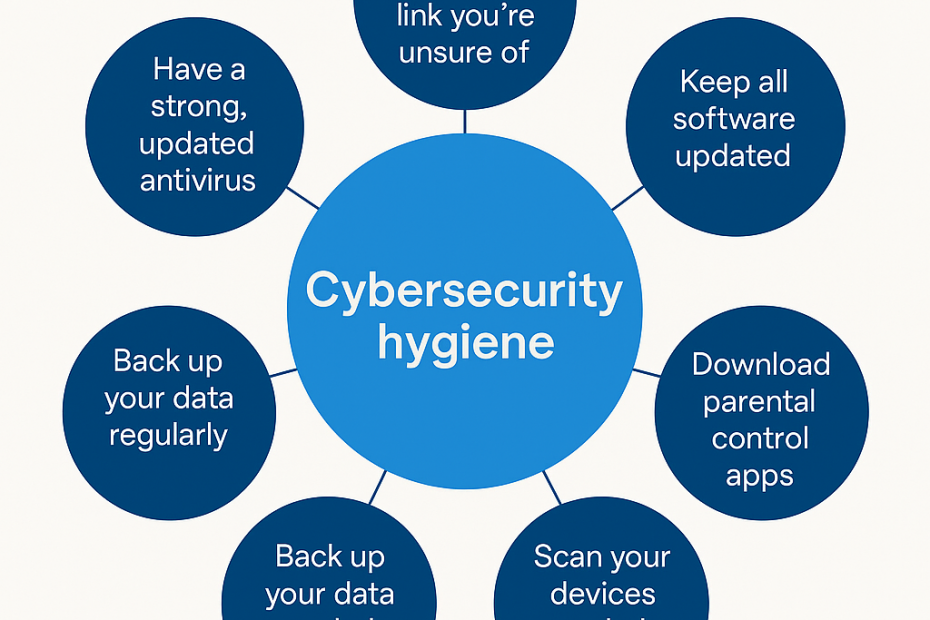Amazon Says Goodbye to 14,000 Corporate Jobs, but There’s More to the Story.
It’s the first week of November, and while most of us are settling into the calm rhythm of a new month, something big is stirring inside one of the world’s largest companies.
Amazon, yes, the same company that delivers your favorite books, gadgets, and late-night snack orders—is saying goodbye to 14,000 corporate workers. But before you panic or picture a sad parade of cardboard boxes and teary farewells, here’s the twist: Amazon isn’t collapsing. It’s transforming.
In a heartfelt note to staff, Beth Galetti, a senior vice president at the tech giant, explained that the company wants to become leaner, faster, and sharper. She said Amazon is reorganizing so it can take full advantage of the most powerful tool shaping our time, Artificial Intelligence.
AI, Galetti explained, is not just a buzzword. It’s the modern version of electricity, changing how every part of business and daily life works. From the way we shop to how we communicate, it’s already everywhere. And for Amazon, a company built on innovation, staying ahead means trimming unnecessary layers and investing in what truly matters.
It’s a bold move. After all, this announcement comes just months after Amazon reported an eye-popping $167 billion in quarterly sales, beating expectations across Wall Street. The company isn’t losing money, it’s re-shaping how it makes money.
For many workers, the news is bittersweet. Some will be offered new opportunities within Amazon. Others will receive support to transition into new careers. And while job cuts never come easy, Amazon insists this moment is about evolution, not elimination.
As CEO Andy Jassy shared earlier this year, “AI will mean fewer people doing some jobs, but more people doing new kinds of work.” That’s the delicate balance of progress, the same technology that automates one task creates an entirely new field in another.
Industry experts say the layoffs reflect a wider truth: companies everywhere are rewriting the playbook. Automation and AI are changing the workforce at lightning speed, and even tech giants aren’t immune to reinvention.
For us at Smart Teacher, this story isn’t just about corporate restructuring, it’s about learning to adapt. Whether you’re a student discovering coding, a parent guiding your child through career choices, or a professional curious about AI’s impact on work, the message is clear: the future belongs to the adaptable.
Because when technology moves fast, standing still isn’t safe, it’s standing still that makes you obsolete.
So, Smart Learners, as November unfolds, remember this: every shift in the world of work is also a signal for us to upgrade our own skills, our mindset, and our curiosity. Because the smartest companies, and the smartest people, never stop learning.



